On the final night of my camping trip to Utah, I pitched my tent in the Abajo Mountains near Monticello.
After a long and challenging hike to the confluence of the Colorado River and Green River, I didn’t have much time to find a spot before it got dark.
Driving north from Canyonlands National Park, the red rock buttes and cliffs were glowing, but by the time I reached the Abajos, the light was failing.
As I ascended the mountain on a lonely two-lane blacktop, the temperature on my 4Runner’s dashboard dropped steadily, down into the lower 50s on a day when I’d been sweating it out hiking in the 90s.
I dithered for a while and then finally settled on an unspectacular and undeveloped campsite in the forest. After wolfing down dinner, I set up my tripod and camera for one last chance at some astrophotography.
Below is a map of dark skies from lightpollutionmap.info, which is a great resource for anyone interested in seeing celestial objects. Unlike Denver and the entire Front Range, Southeast Utah is an amazing spot for seeing the heavens.
The shot below is my favorite of the night, and one of my top picks from the entire trip. It’s a 27-minute exposure, oriented around Polaris, aka the North Star.
The brightest star in the constellation Ursa Minor, Polaris is located about 433 light years from Earth. It’s the closest star to the celestial pole, the imaginary spot around which the stars and planets appear to rotate, so long-exposure photographs show it as the center of the vortex.
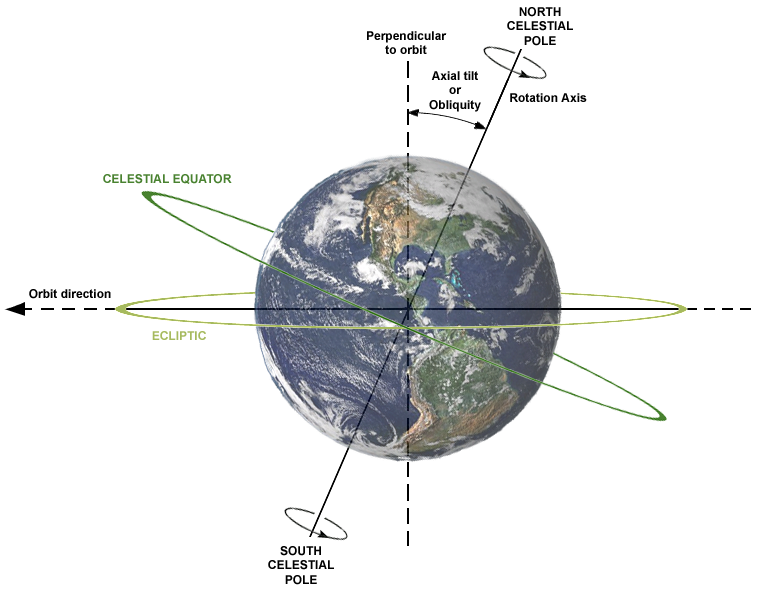
I suppose this entire trip had a sub-motif of finding my North Star and getting back to some activities that I cherish. In this trip, I managed to pack in a fair amount of photography, drone pilotage, and hiking/camping. In fact, I generated more multimedia material to process than I had in many months. But by night four, I was ready for a shower, my bed, and the embrace of my family.
That last night, I stayed up late one last time, working on some long-exposure shots in particular. It may take a half-hour to create star-trail exposures like the ones on this page, but for 99% of the time, there’s nothing to do except keep the area dark and stay out of the way of the camera.
I’m an impatient person, but I never seem to get bored during those intervals because the sky above me is so mesmerizing. I relish the chance to see something that’s obscured from my view on most nights due to the bright skies in and around my home in Denver. I savor the opportunity to take leave from everyday life and remember how insignificant I am in relation to the cosmos.
I’m not a religious man. I would classify myself as a devout atheist who spends little time in the metaphysical world. But looking up at the night sky in a place like the Abajo Mountains, I do feel something that you might call spiritual: a profound, ineffable connection to a vast, unifying force beyond myself that elides description.
When you step back to ponder the odds, the fact that there is any life on Earth, let alone the dizzying array of millions upon millions of species, from the microscopic to the mammoth, is a mathematical “miracle.” Talk about everything coming together at the right place and the right time!
I fell into a deep slumber in my tent, exhausted from the 10-mile hike and three nights of reduced sleep thanks to the astrophotography. The next day would be dominated by driving back to Denver, but I still had one more fun activity planned.
This post is part of a series on my May 2018 trip to Southeast Utah. Check out the rest:
- Day 1: Goblin Valley State Park photos
- Camp 1: Little Flat Top drone flights and video
- Day 2: Dirty Devil and Lake Powell Overlooks
- Camp 2: Bears Ears National Monument photos
- Day 3: Valley of the Gods photos
- Day 4: Canyonlands National Park confluence hike
- Camp 4: Finding my North Star in the Abajo Mountains
- Day 5: Colorado River drone footage near Moab, Utah
Mitch Tobin
Mitch Tobin is an author, multimedia journalist, and FAA-certified drone pilot based in Durango, Colorado.
Related Posts
2 Comments
Comments are closed.
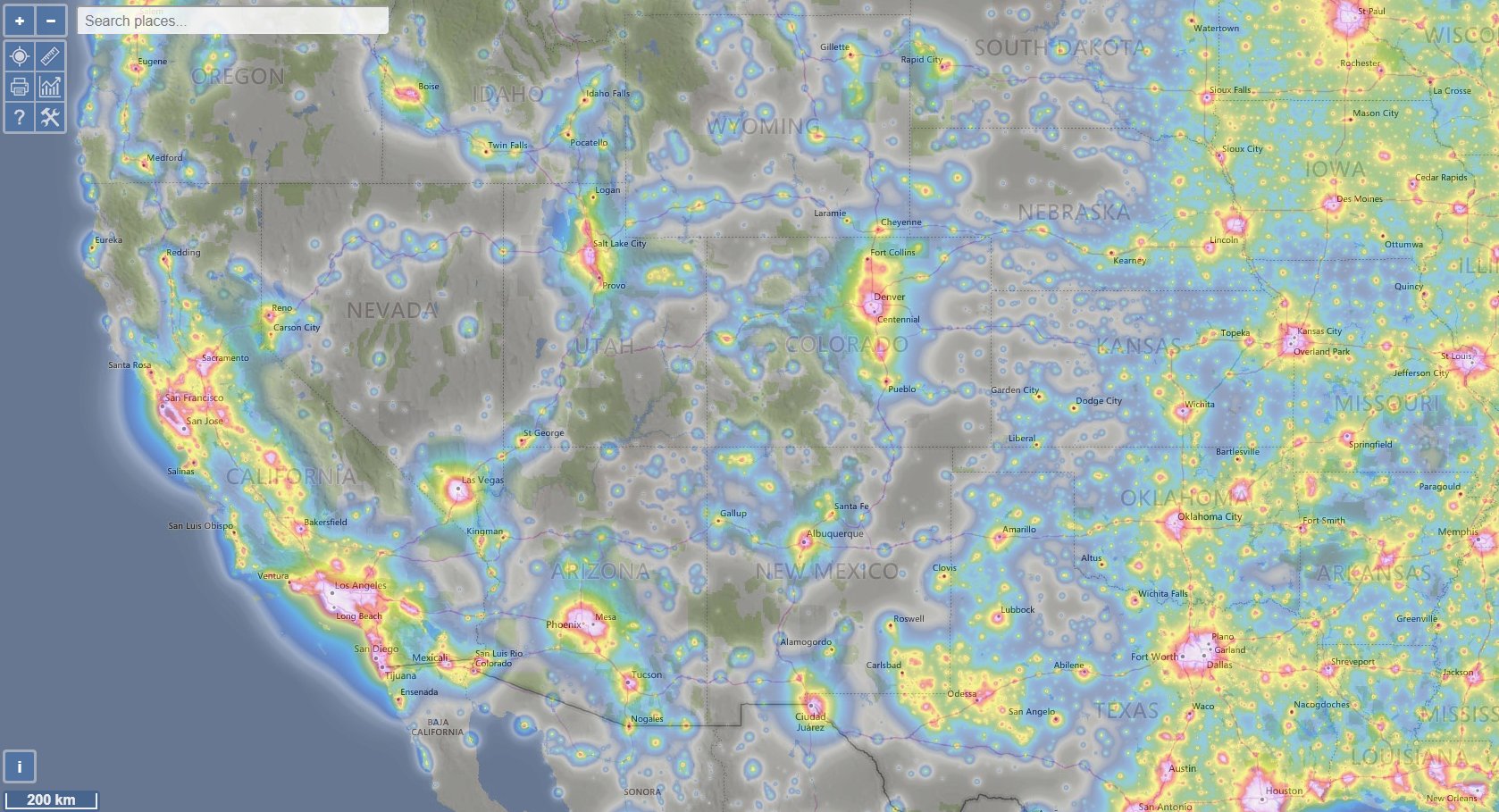
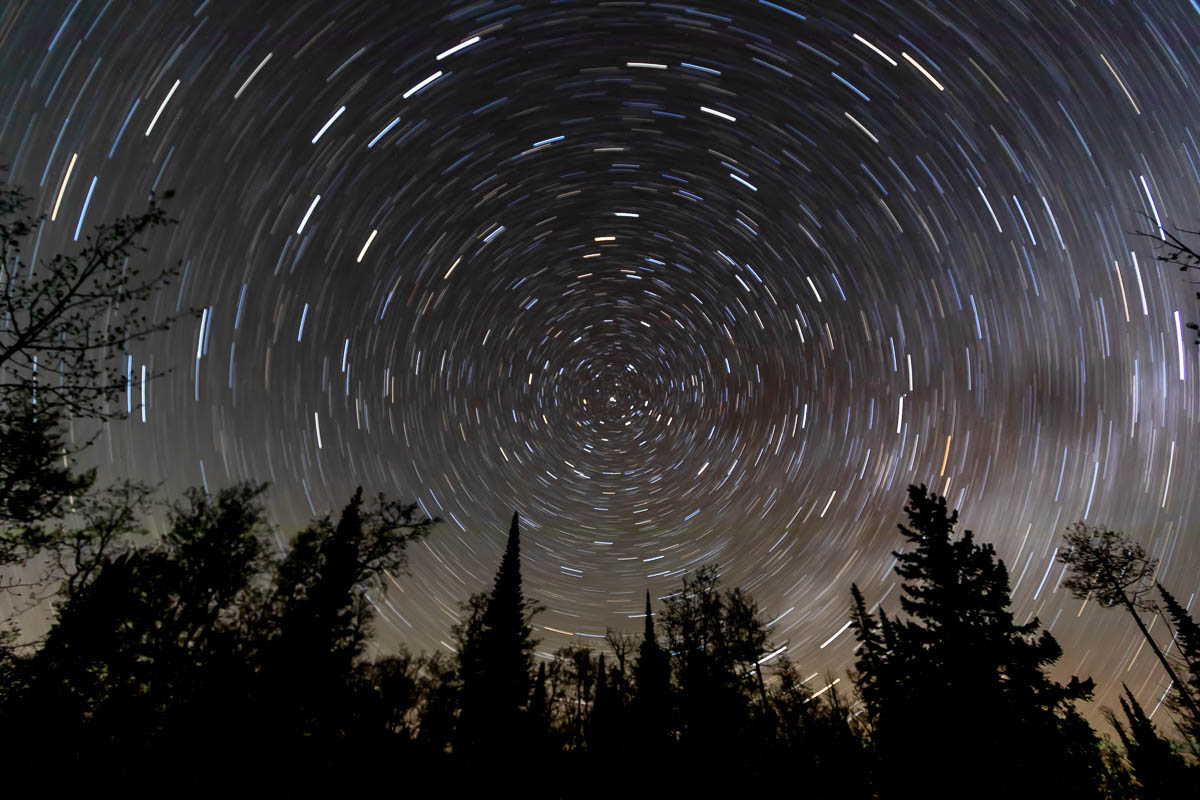
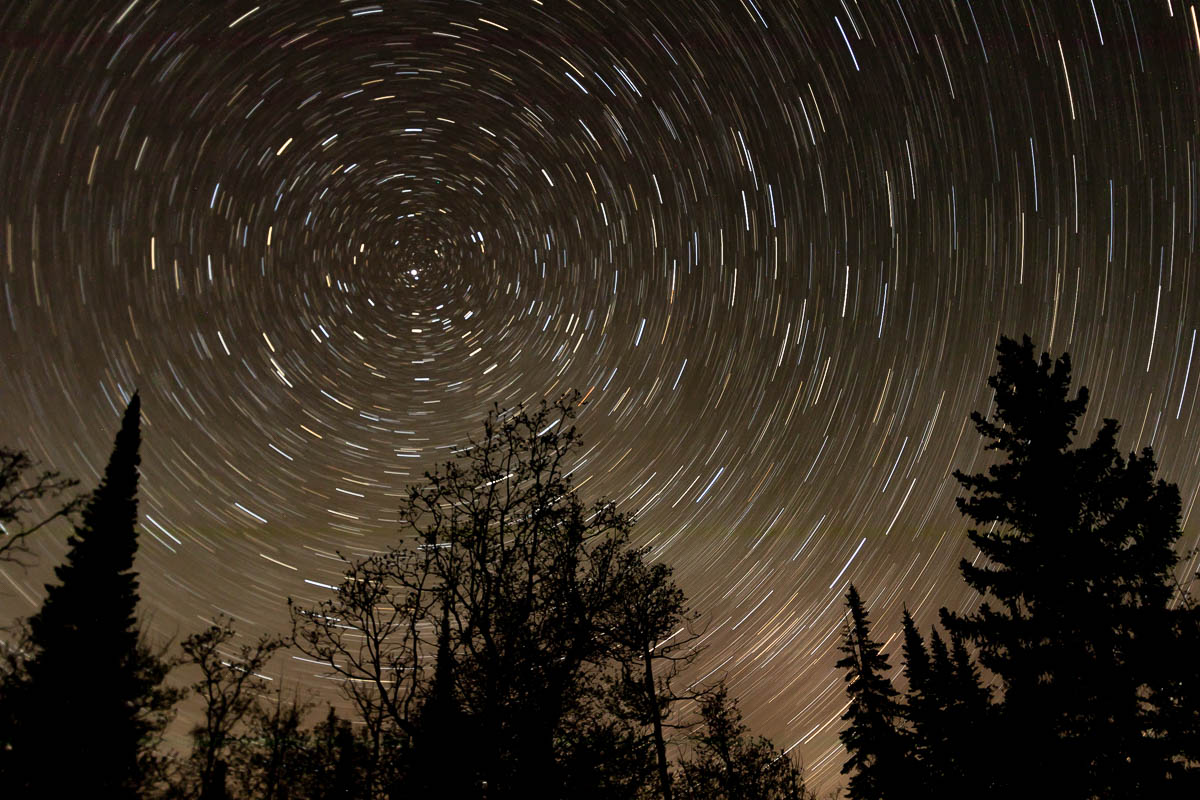
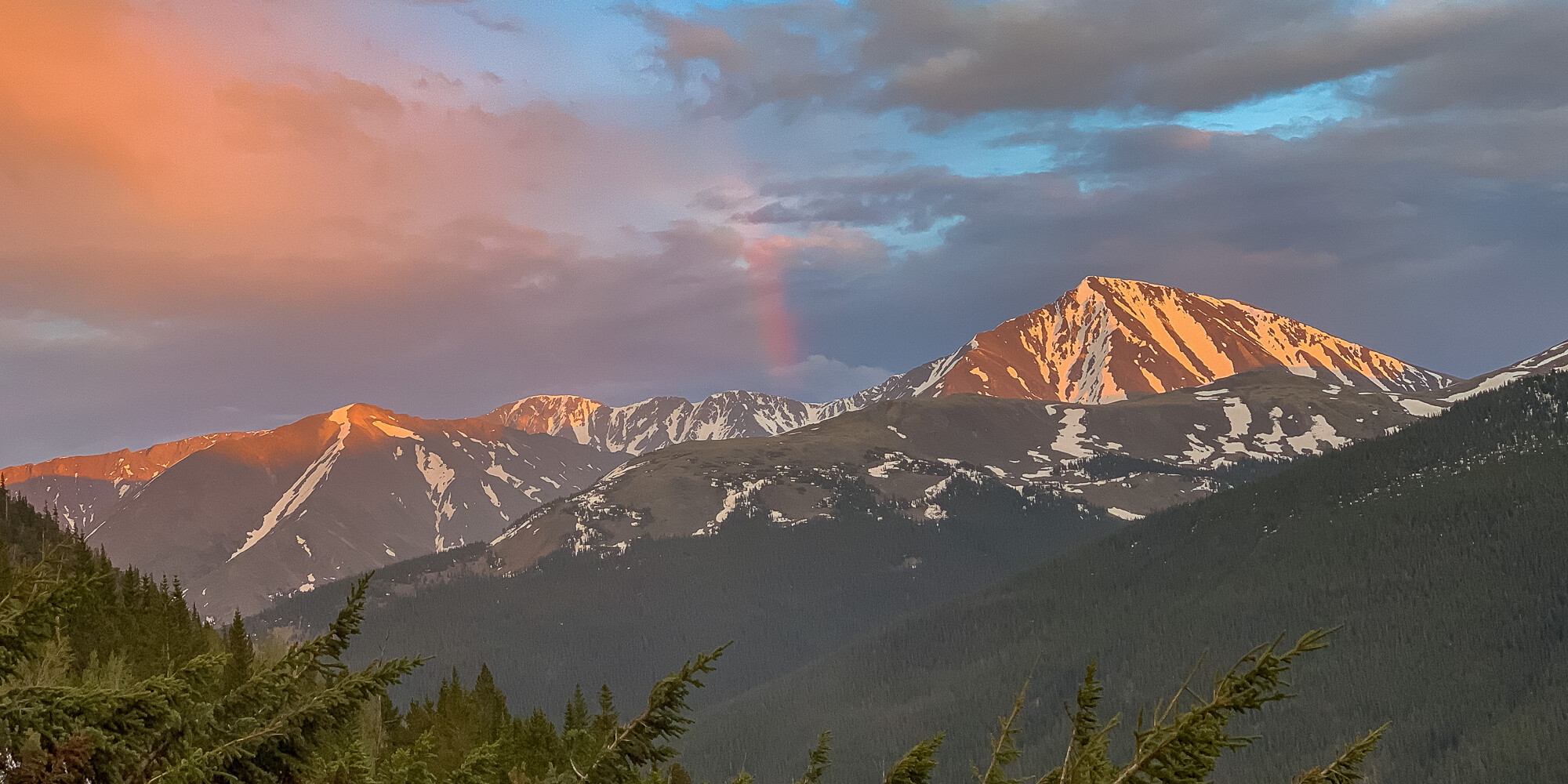

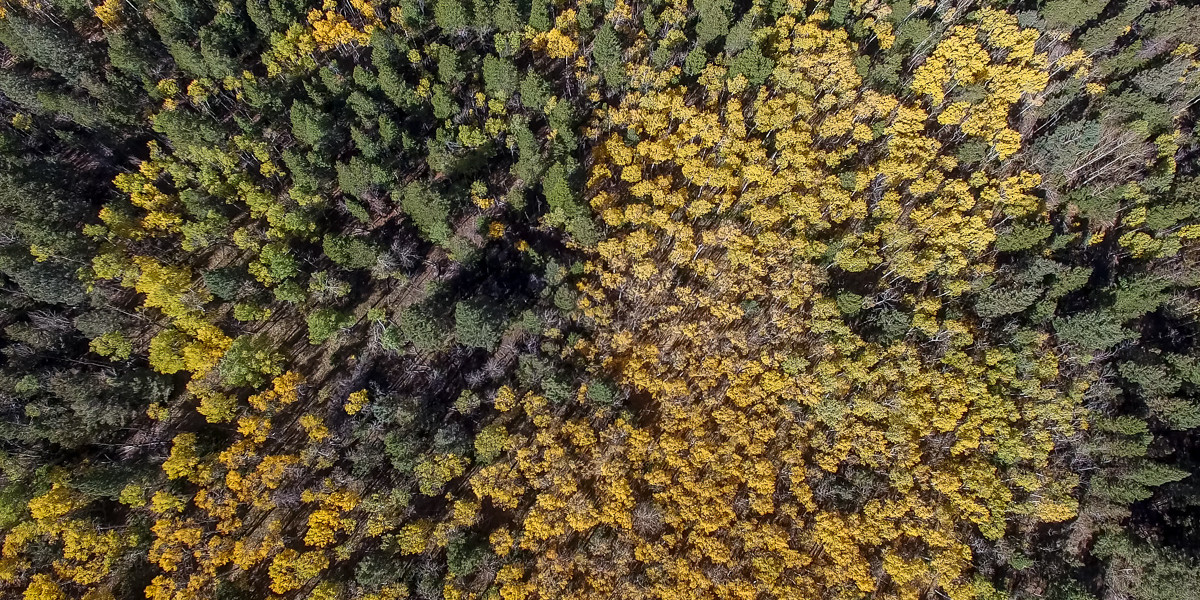
[…] Camp 4: Finding my North Star in the Abajo Mountains […]
[…] This was the first big hike I’d done since last summer, so I was exhausted. After shooing away the raven, I hit the road, exited the park, and headed north to find my final camping spot of the trip. […]